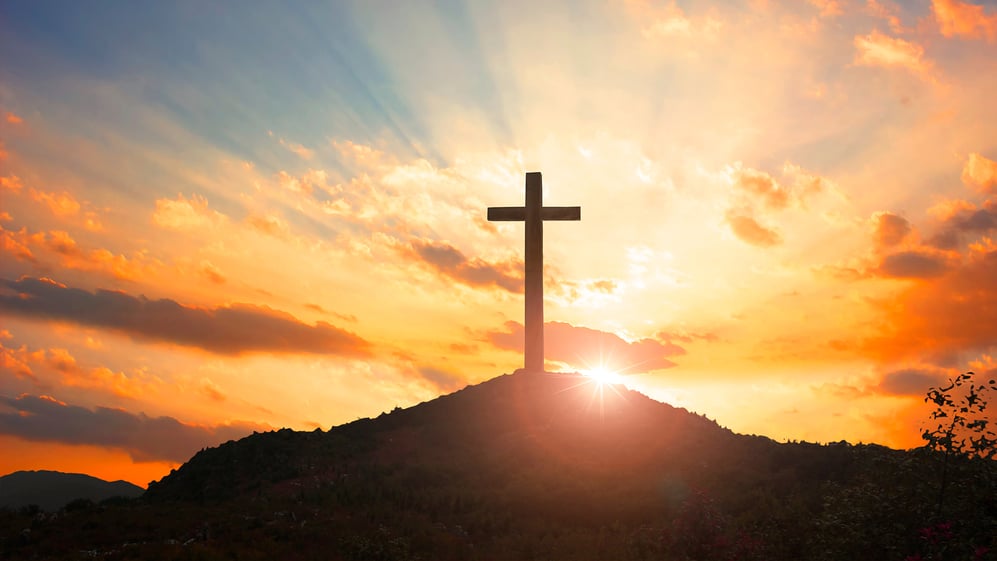“When I Survey the Wondrous Cross” is a common hymn to hear during the season of Lent. As you anticipate singing this well-loved text, take time to find a deeper meaning by studying its history. Read about this hymn by Isaac Watts below to uncover how “When I Survey the Wondrous Cross” originally had an additional meaning aligning with the Lord’s Supper.
When Isaac Watts published his hymns, he divided them into three sections: hymns that paraphrased texts of Scripture, hymns of human composition on divine subjects, and hymns “for the celebration of the Lord’s Supper.” Both the scriptural citation, Galatians 6:14, and the title, “Crucifixion to the World by the Cross of Christ,” clearly mark “When I Survey the Wondrous Cross” as a hymn on the Lord’s Passion, and one would expect it to be placed in the second category. But in fact, Watts included it among his Lord’s Supper hymns.
When I survey the wondrous cross
On which the Prince of Glory died,
My richest gain I count but loss
And pour contempt on all my pride.Forbid it, Lord, that I should boast
Save in the death of Christ, my God;
All the vain things that charm me most,
I sacrifice them to His blood.See, from His head, His hands, His feet
Sorrow and love flow mingled down!
Did e’er such love and sorrow meet
Or thorns compose so rich a crown?Were the whole realm of nature mine,
That were a tribute far too small;
Love so amazing, so divine,
Demands my soul, my life, my all!LSB 425/426 “When I Survey the Wondrous Cross”
In the preface to his 1707 hymnal, Watts explained why he placed certain hymns in the Lord’s Supper category: “There are Expressions used in all these, which confine ’em only to the Table of the Lord, and therefore I have distinguish’d and set ’em by themselves.” Watts, therefore, considered this specifically a hymn for the Lord’s Supper. When sung within that context, references to the body and blood of Christ, the flowing of sorrow and love, the power of such amazing love, and the transformation of one’s life, all take on a deeper and richer meaning. If the more specific references Lutherans expect are lacking, that is hardly surprising, as Watts was a Nonconformist and as such did not recognize the real presence of Christ in the Supper.
Having composed and published poetry for private devotional contemplation, Watts recognized that his hymnody was written for public congregational singing. For this reason, in the second edition of the book he intentionally identified aspects of hymns that might be “too Poetical for meaner understandings, or too particular for whole Congregations to sing,” placing them in brackets and explaining that they could be omitted without disturbing the sense of the hymn.
Blog post excerpted from Eternal Anthems: Volume 2, copyright © 2023 Concordia Publishing House, published by Concordia Publishing House. All rights reserved.
Learn more amazing hymn histories with Eternal Anthems: Volume 2. See what's included by clicking the button below.













.jpg?width=50&height=50&name=IMG_20220621_160541_456%20(1).jpg)
